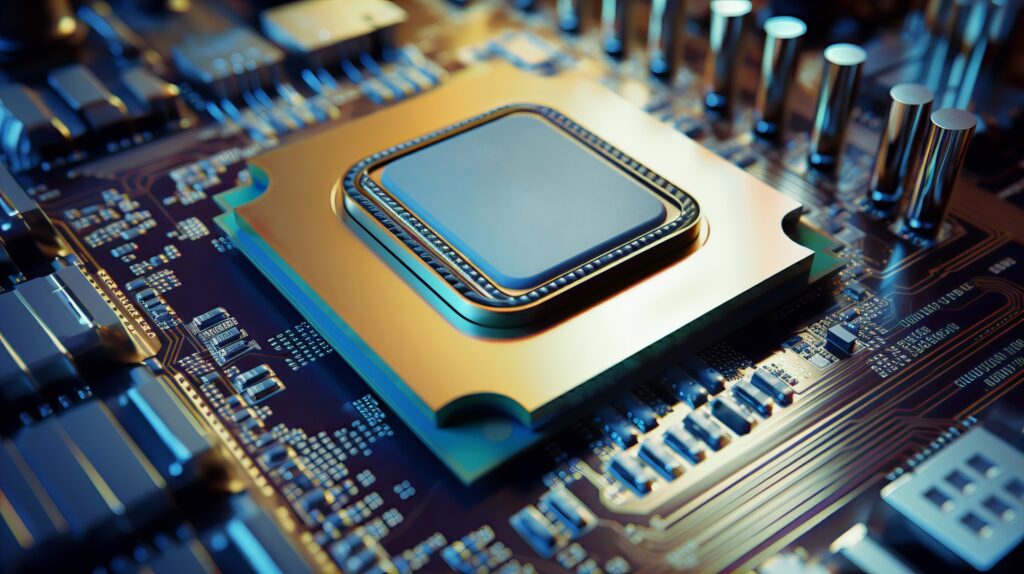Qualcomm is making strides in merging PC and mobile technologies with its Snapdragon X Elite chip. This innovation blurs the boundaries between devices, bringing Windows on Arm to the forefront and hinting at the potential revival of the once-defunct Windows Phone.
The company’s strategic approach not only challenges competitors like Apple and Google but also reimagines what future mobile-PC integration could achieve.
Snapdragon X Elite: The Future of Windows on Arm

Qualcomm’s Snapdragon X Elite represents a major leap forward in bridging the gap between mobile devices and PCs. The new chip integrates cutting-edge technology that enhances the performance of Windows on Arm, a platform that has long aimed to compete with traditional x86 processors. One key feature is Qualcomm’s Prism technology, which delivers near-native performance for x86 apps via emulation, overcoming many of the limitations that plagued earlier attempts like Windows RT.
The Snapdragon X Elite is designed to power devices like the Microsoft Surface Pro 11, enabling users to enjoy the full Windows experience in a lightweight, mobile-friendly format. For professionals and creative users, the chip’s ability to handle demanding tasks while maintaining efficiency is particularly appealing. Qualcomm’s latest innovation is pushing mobile devices beyond their traditional role, transforming them into powerful workstations capable of running full desktop applications.
As Qualcomm continues to improve Windows on Arm, the company is positioning itself as a key player in the ongoing convergence of mobile and desktop computing. The Snapdragon X Elite not only enhances performance but also signals a future where mobile devices rival traditional PCs in functionality and capability.
Qualcomm’s Unified Strategy: Blurring the Line Between PC and Mobile
Qualcomm’s strategic vision is clear: eliminate the distinction between PCs and mobile devices by creating a unified ecosystem powered by its Snapdragon chips. The Snapdragon X Elite is the cornerstone of this plan, allowing a seamless transition between mobile and desktop environments on a single device. By merging the high performance expected from PCs with the portability of smartphones and tablets, Qualcomm is setting a new standard in the tech industry.
This unified approach is part of Qualcomm’s broader “Elite” brand, which focuses on cross-platform compatibility. Users can now perform complex tasks on their smartphones while enjoying the power of a traditional PC. This fusion of technologies is crucial in a world where users demand more from their mobile devices, not just in terms of entertainment but also for productivity. Qualcomm’s focus on unifying mobile and desktop processing power is aimed squarely at professionals who require versatility in their devices.
Qualcomm’s unified strategy is not just about hardware but about providing a seamless software experience as well. As mobile processors grow more powerful, the need for separate devices diminishes, and Qualcomm is leading the charge in this mobile-PC convergence revolution.
Could Windows Phone Make a Comeback?
The possibility of a Windows Phone revival is no longer far-fetched, thanks to Qualcomm’s advancements. With the Snapdragon X Elite chip and the increasing success of Windows on Arm, a return of the Windows Phone could cater to users looking for an all-in-one device. The original Windows Phone, known for its tile-based user interface, was innovative but fell short due to its lack of app support. However, in today’s market, the concept of a phone that doubles as a PC could be a game-changer.
The Windows Phone’s potential comeback could center around its ability to function as both a smartphone and a full-fledged PC. Imagine a device that acts as your phone during the day but can be connected to a monitor and keyboard for desktop-like functionality at home or in the office. This vision aligns with Qualcomm’s goal of unifying the mobile and desktop worlds through its cutting-edge chips.
While challenges remain, such as the availability of a robust app ecosystem, the technical feasibility of a Windows Phone revival has never been stronger. Qualcomm’s latest innovations make it possible for such a device to succeed where its predecessors failed.
Apple and Google: How They Respond to Qualcomm’s Advances
Apple and Google are undoubtedly watching Qualcomm’s latest moves closely. Apple has already taken steps toward integrating its mobile and desktop environments with its M-series and A-series chips, while Google continues to push its ChromeOS, which bridges the gap between Android devices and Chromebooks. Both companies are aware of the threat posed by Qualcomm’s Snapdragon X Elite and its strategy to unify mobile and PC technologies.
Apple’s M-series chips have been successful in blurring the line between MacBooks and iPads, offering users a more seamless experience between devices. However, Qualcomm’s Snapdragon X Elite aims to take this concept even further by merging the two into one powerful device. Similarly, Google’s integration of Android apps into ChromeOS offers a glimpse of what a unified mobile-PC ecosystem could look like, but Qualcomm’s solution could surpass this by offering more robust hardware to match the software.
The competition between Qualcomm, Apple, and Google will likely intensify as each company strives to dominate the new frontier of mobile-PC integration. How Apple and Google respond to Qualcomm’s advances will shape the future of computing and determine which ecosystem ultimately prevails.
